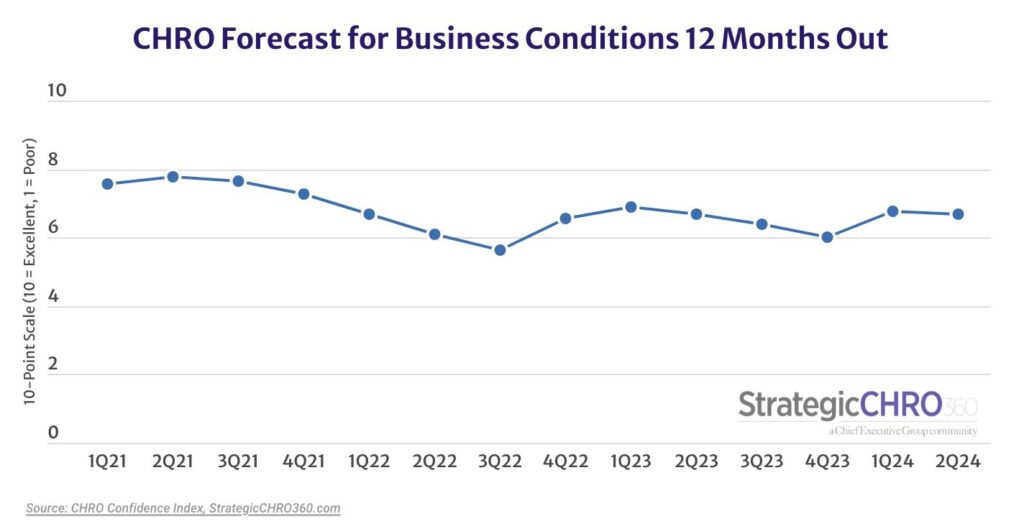There are two general working preferences among employees: “splitters and blenders,” according to Cheryl Hanson, district manager at Insperity. Splitters are those who prefer work and life to be separated entirely, and blenders prefer a work-life blend.
Hanson spoke with StrategicCHRO360 about how managing around these the two employee “work-life camps” can be helpful, how it impacts employee teams and how to help employees avoid burnout.
How can managers identify the two working preferences among their teammates?
To identify the splitter and blender working preferences among employees, managers can begin by having open and transparent conversations with team members about their working style and methods. In conversation, managers can ask questions about how each employee prefers to work, what they find most challenging and what they need from their colleagues to be successful.
Additionally, managers are encouraged to observe each team member’s behavior and work style. When a manager looks for patterns and trends in how an employee approaches their work, interacts with others and responds to different situations, it equips them with knowledge of how best to support an employee.
Employers can consider using assessments such as the Myers-Briggs Type Indicator or the DISC profile to help team members better understand their own working preferences and those of their colleagues. Results from these assessments can be used to experiment with different working styles and approaches to see what works best for them.
Organizations can also use results from the evaluations to introduce flexible scheduling, if practical, for the company. The assessments can help organizations and employees discover more effective and efficient ways of working. By combining these approaches, managers can better understand the working preferences of their team members and create a more productive and collaborative work environment.
How can companies use these two working types as recruitment tools?
Companies can highlight these working types as a recruitment tool in job postings. For instance, a company that values work-life balance, and respects the two working preferences, may highlight this in their job postings by indicating that they are seeking candidates who prioritize balance and flexibility in their work.
During the interview process, companies can ask questions that help them understand a candidate’s working style. Employers can ask questions like, “How do you prioritize your work and personal life?” or “What time of day do you feel most productive?”
Companies can also offer benefits and perks that appeal to both splitters and blenders. For example, offering flexible work arrangements, including the option to work from home, can appeal to both types of workers. Additionally, offering benefits such as paid time off, wellness programs and mental health support can also demonstrate that a company values work-life balance as a whole.
During the recruiting process, employers can showcase employee testimonials and stories that highlight the company’s support of both work camps. Companies can use this approach to demonstrate their commitment to their employees and attract candidates who align with their organizational culture and values, which can lead to a more engaged and productive workforce.
How can managers use workflow preferences and tools to help plan how and when their teams operate concerning their industry needs?
Managers must first identify the workflow preferences of their team members. This step includes how they prefer to work, what tools they use and what their communication and collaboration preferences are. The information can be gathered through surveys, interviews or one-on-one conversations.
Managers are then encouraged to evaluate the industry needs of their organization. Managers should consider understanding the pace of work, deadlines and the required level of collaboration and communication needed to succeed in the industry.
Based on the workflow preferences of the team and the industry needs, managers can select the appropriate tools to support team operations. For example, if the team needs to collaborate on documents and share files, they may need cloud-based collaboration tools. If the team works in a fast-paced environment with frequent deadlines, a project management tool may be appropriate.
Next, managers should develop a workflow plan, with the tools in place, that outlines how the team will operate. The workflow plan should include how tasks will be assigned, how deadlines will be tracked and how communication and collaboration should take place.
Finally, managers should monitor the workflow plan and adjust it as needed. By tracking the progress, identifying areas for improvement and making changes to the workflow plan, managers can ensure it remains effective and aligned with industry needs.
Implementing workflow preferences and tools to plan team operations can create a more efficient and effective workflow that aligns with the needs of the industry, which can lead to an increase in productivity and a better outcome for the organization.
What incentives and tools can companies use to prevent burnout?
To prevent burnout, companies can use a variety of incentives and tools such as time off. When employers provide employees with sufficient time off, including vacation time and sick leave, it can help them recharge. Additionally, companies can offer flexible schedules or the option to work from home, which can help employees manage their work-life balance.
Another incentive can be offering mental health support, such as counseling services or an employee assistance program. These tools can help employees cope with stress and prevent burnout. Companies providing resources for mindfulness and meditation demonstrate care by helping employees manage their mental health.
Training and development opportunities can also help prevent burnout and ensure employees feel more engaged and satisfied with their work. By offering professional development opportunities, employers directly help employees build new skills and avoid feeling stuck in their roles.
Recognizing and rewarding employees for their hard work can help them feel appreciated and valued. Employers can recognize employees through public recognition, bonuses or other forms of tangible rewards.
Additionally, companies can help employees prioritize their tasks and manage their time more effectively by implementing workload management tools. These tools not only help employees manage their workload and prevent burnout, but they also allow managers to recognize well in advance when employees are reaching the threshold of overworked.
Lastly, another incentive to prevent burnout includes offering team-building activities and social events to help foster the community and camaraderie among employees. A more engaged, positive work environment and productive workforce can be achieved when companies consider these incentives and tools to help prevent burnout and prioritize the well-being of their employees.








